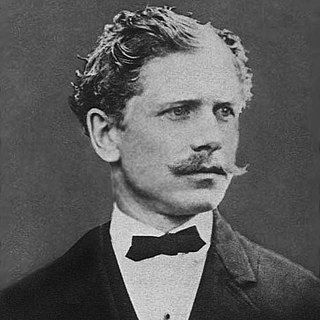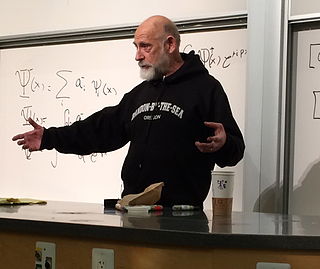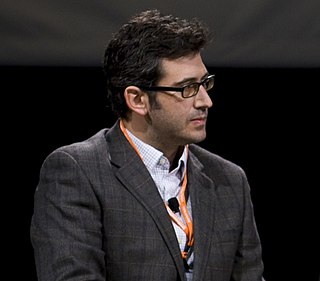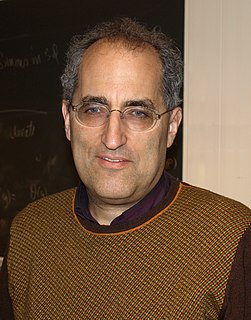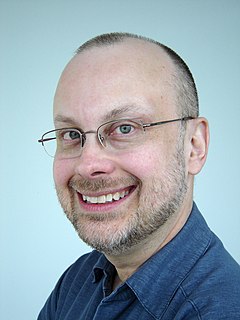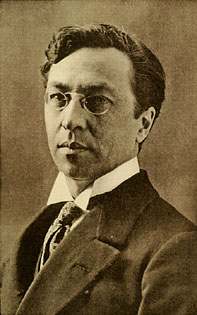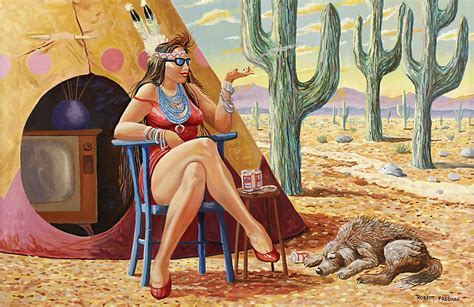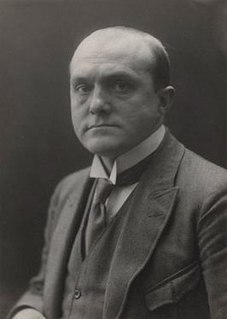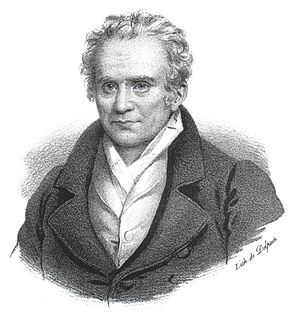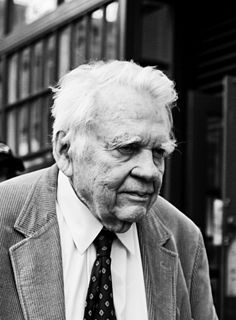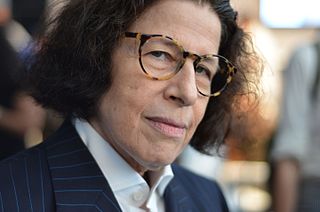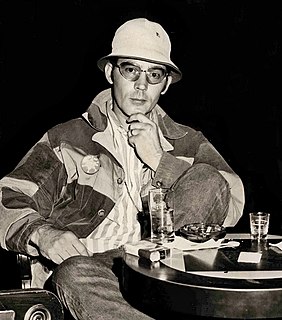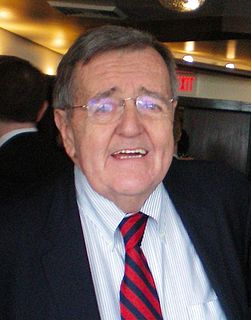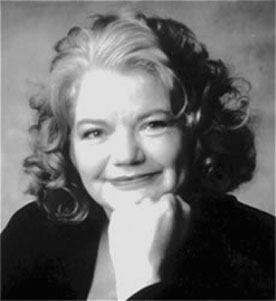A Quote by Ambrose Bierce
picture, n. A representation in two dimensions of something wearisome in three.
Quote Topics
Related Quotes
Since I found that one could make a case shadow from a three-dimensional thing, any object whatsoever - just as the projecting of the sun on the earth makes two dimensions - I thought that by simple intellectual analogy, the fourth dimension could project an object of three dimensions, or, to put it another way, any three-dimensional object, which we see dispassionately, is a projection of something four-dimensional, something we are not familiar with.
Do you think it's possible that things that seem to be discrete in three dimensions might all be part of the same bigger object in four dimensions? ...What if humanity- that collective noun we so often employ- really is, at a higher level, a singular noun? What it what we perceive in three dimensions as seven billion individual human beings are really all just aspects of one giant being?
Real anatomy exists in three dimensions, so any time you can view anatomical data in 3D, you'll have a much more accurate picture of the subject, ... Even multiple two-dimensional CT slices can never allow you to understand a subject's dental condition as quickly or as accurately as a quality 3D visualization.
Love is made up of three unconditional properties in equal measure: 1. Acceptance 2. Understanding 3. Appreciation Remove any one of the three and the triangle falls apart. Which, by the way, is something highly inadvisable. Think about it — do you really want to live in a world of only two dimensions? So, for the love of a triangle, please keep love whole.
Descriptive geometry has two objects: the first is to establish methods to represent on drawing paper which has only two dimensions,-namely, length and width,-all solids of nature which have three dimensions,-length, width, and depth,-provided, however, that these solids are capable of rigorous definition.
The second object is to furnish means to recognize accordingly an exact description of the forms of solids and to derive thereby all truths which result from their forms and their respective positions.
